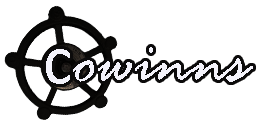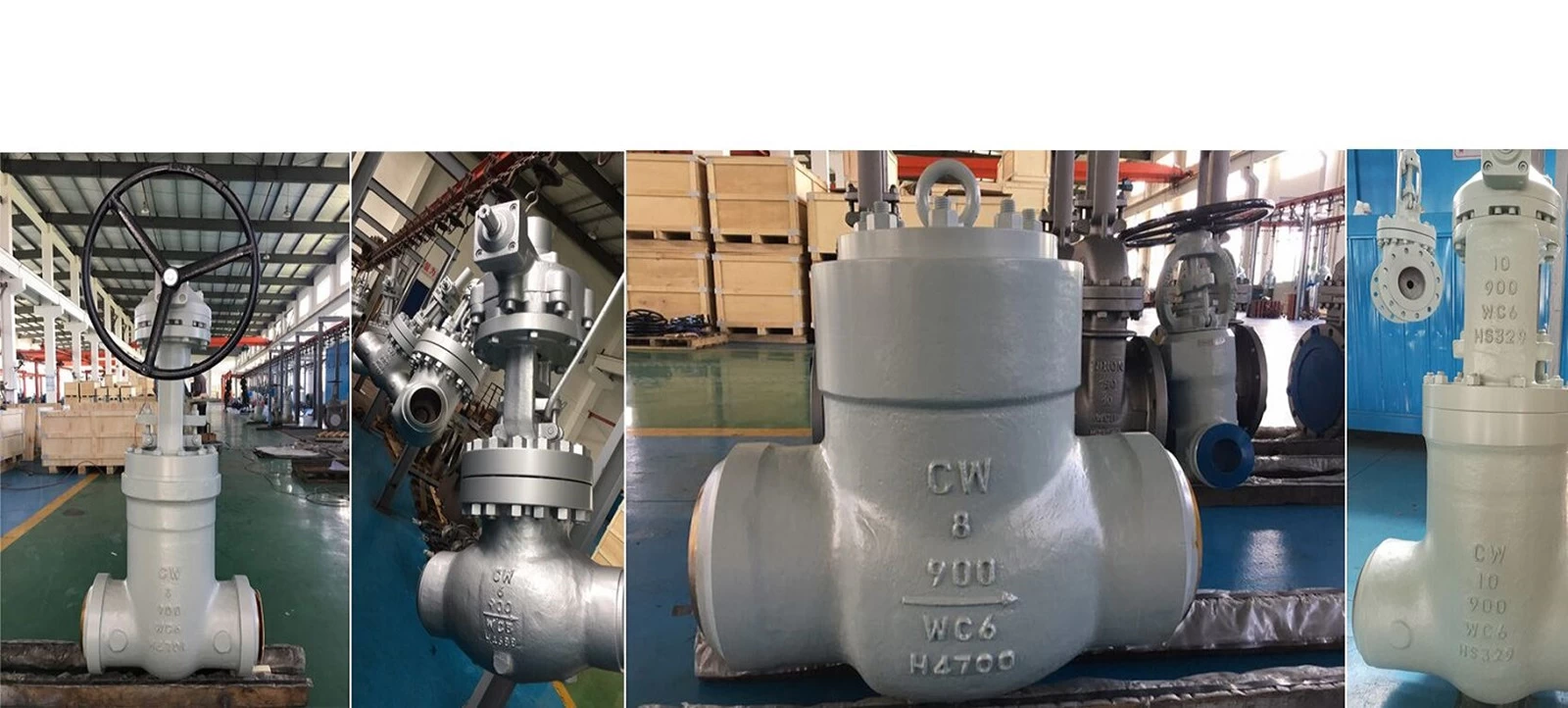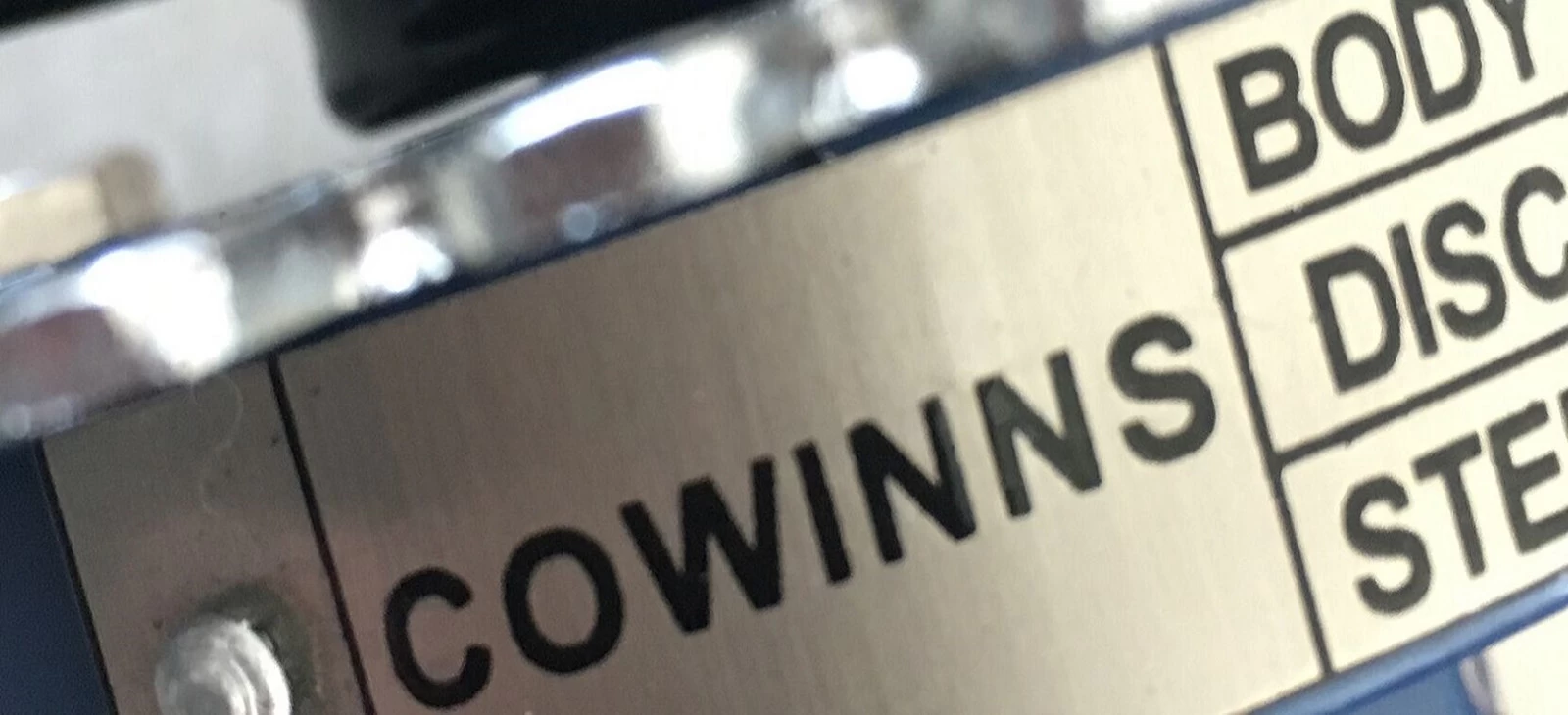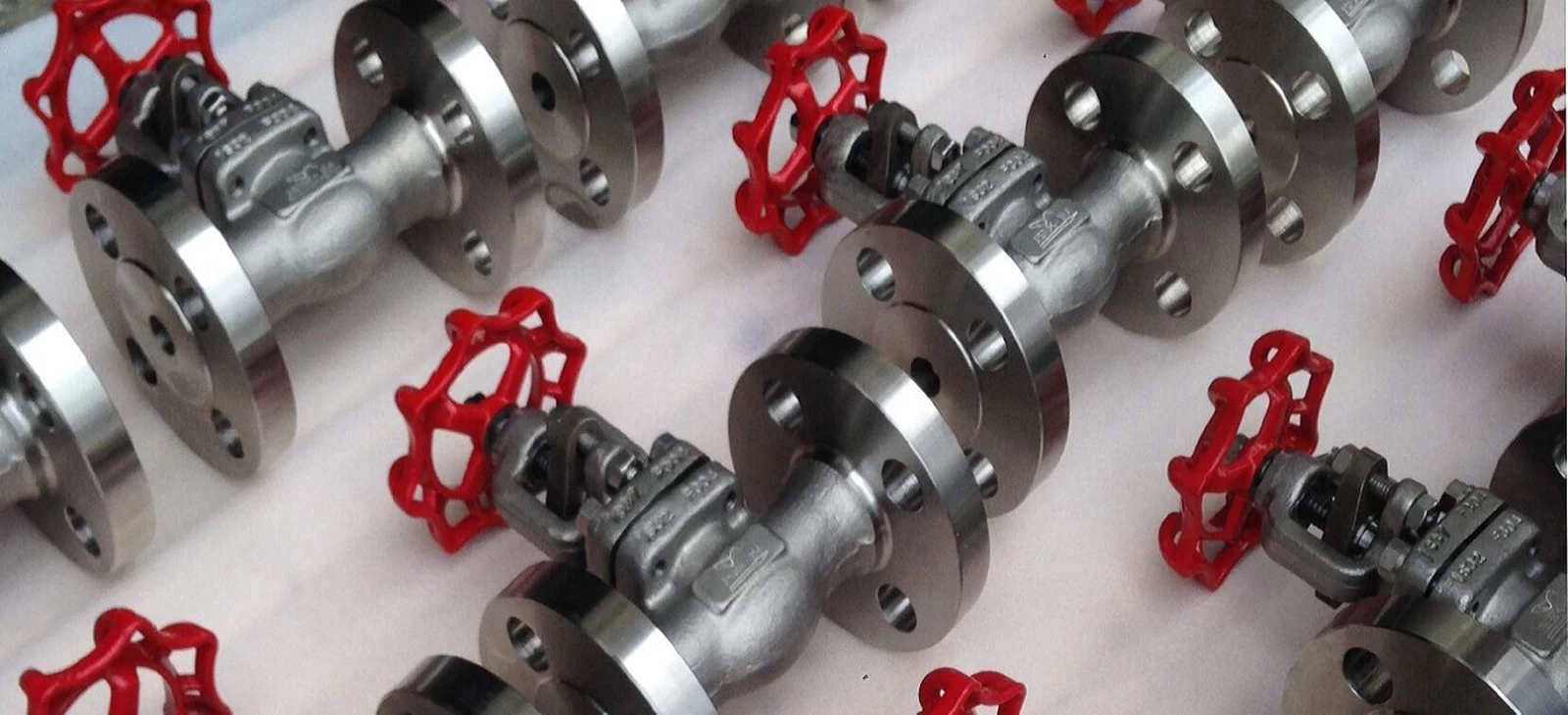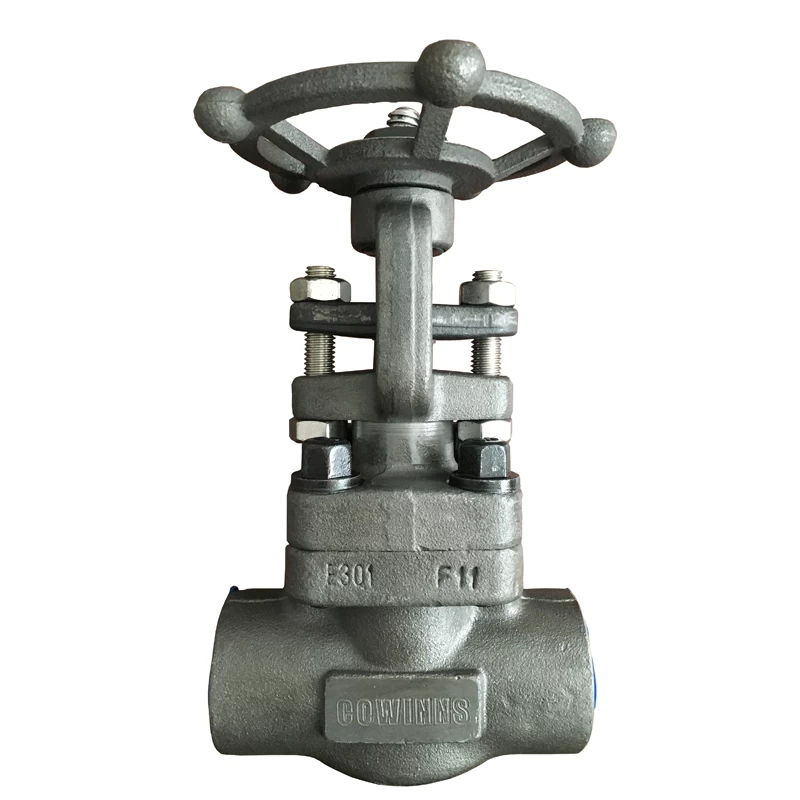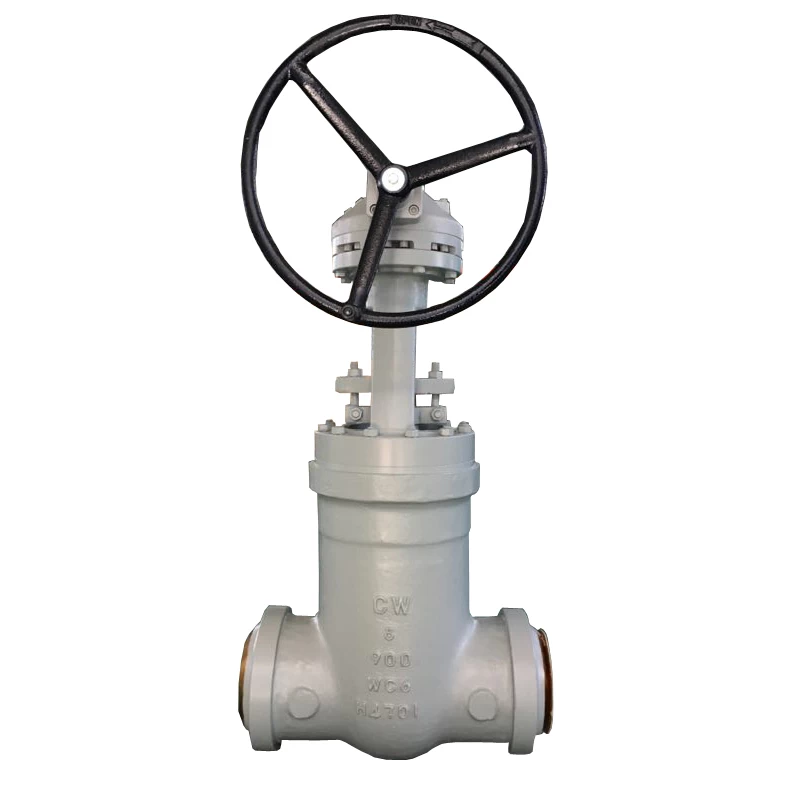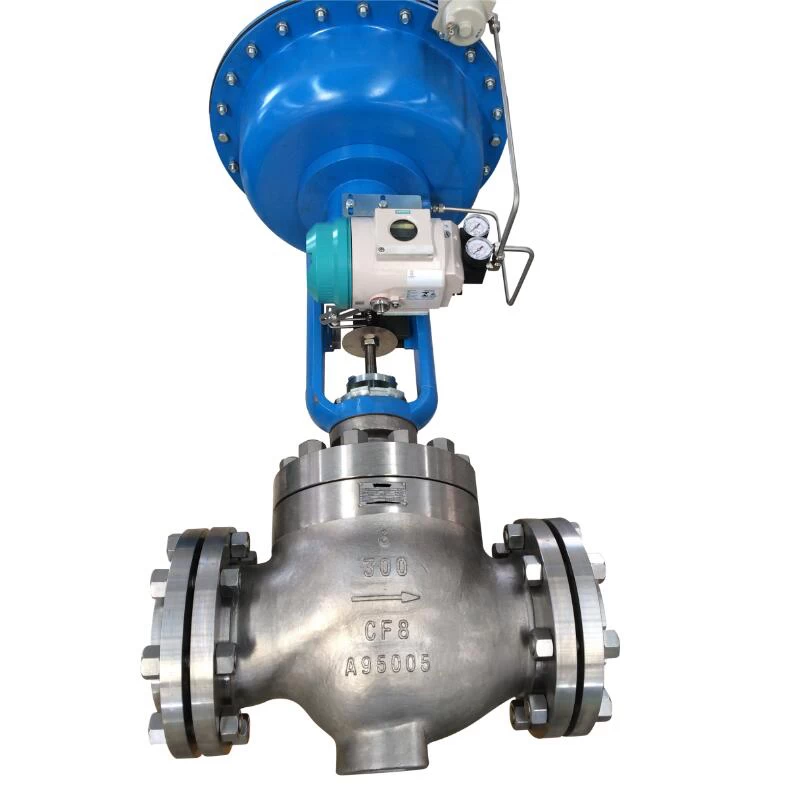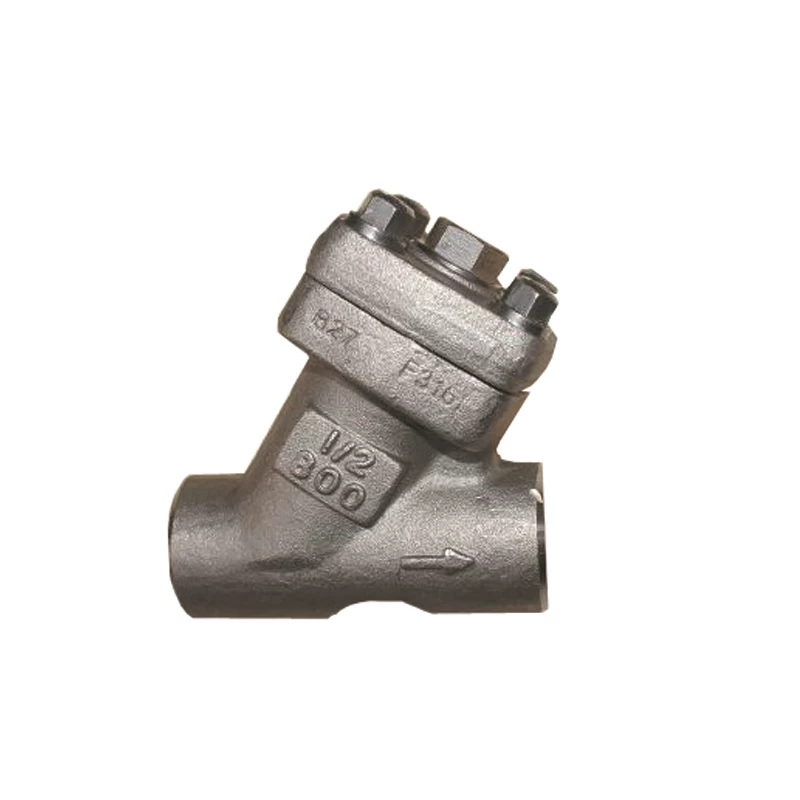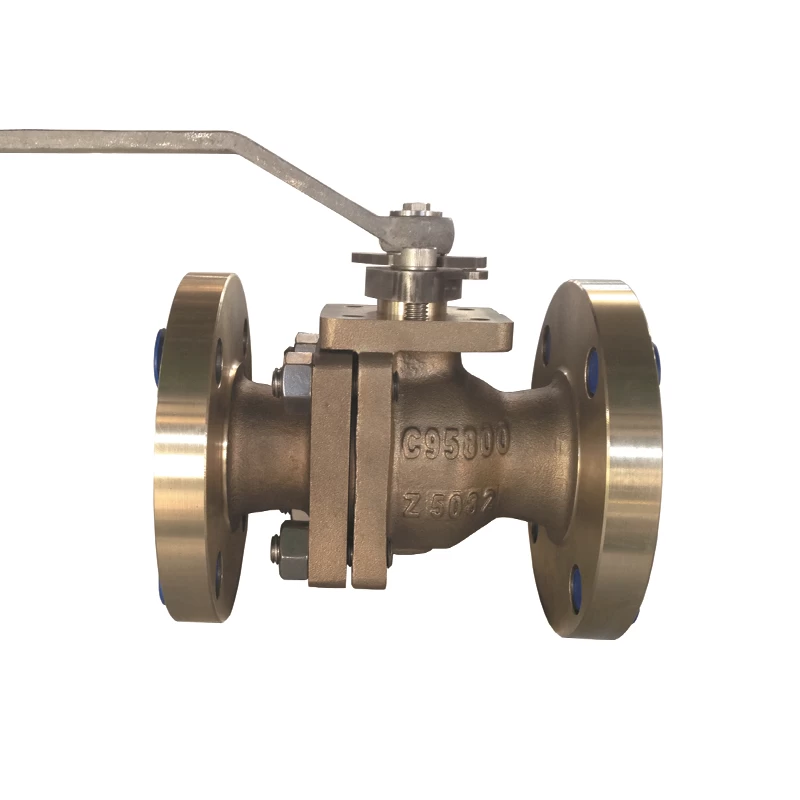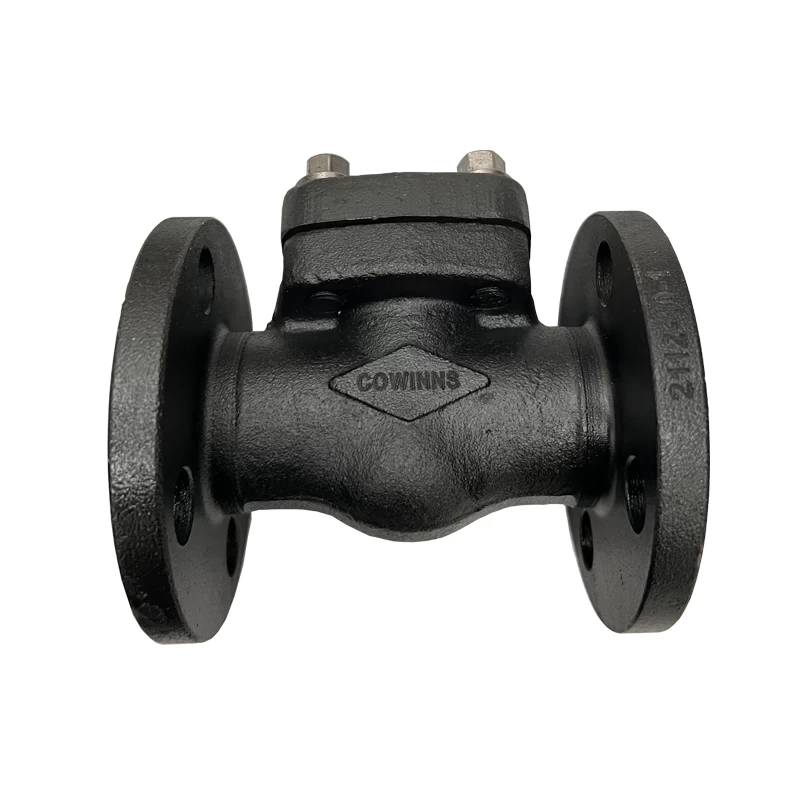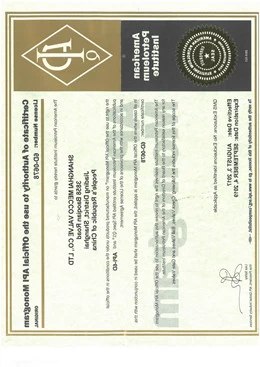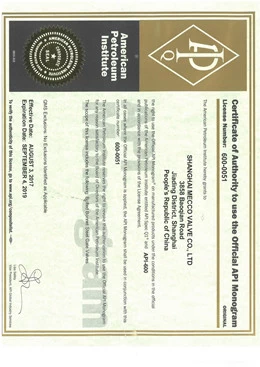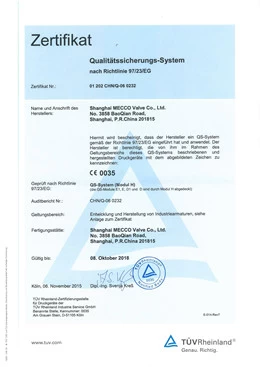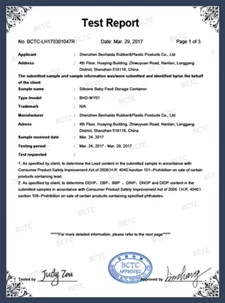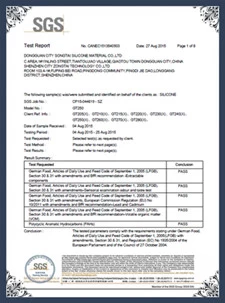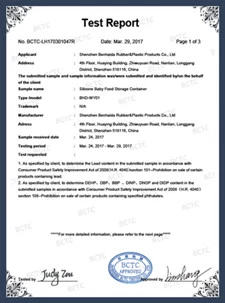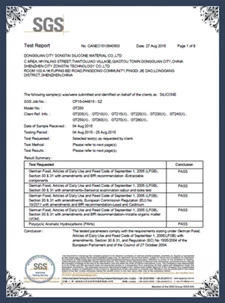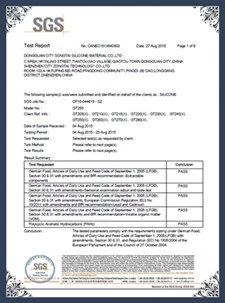Valve Assembly Methods, Procedures and Precautions
COWINNS
COWINNS
2022-09-30 15:29:10
Valve
Assembly Methods, Procedures and Precautions
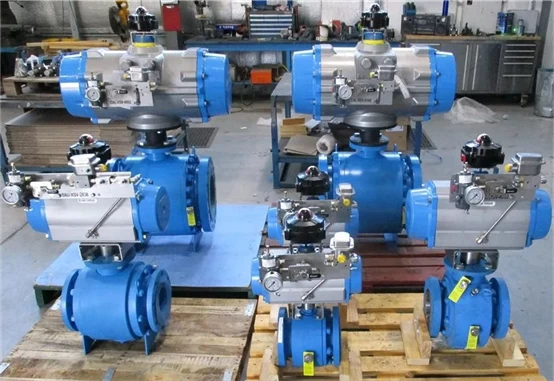
Several parts make up the parts of the valve (such as valve cover, valve disc parts, etc.).
The assembly process in which several parts are composed of components is called component assembly,
and the assembly process in which several parts and components are composed of valves is called general assembly.
The assembly work has a great influence on the product quality. Even if the design is accurate and the parts are qualified, if the assembly is improper,
the valve will not meet the specified requirements, and even seal leakage will occur. Therefore, special attention should be paid to adopting a reasonable
assembly method to ensure the final product quality of the valve. The assembly process that is delineated in the form of documents in production is
called assembly process specification.There are three commonly used assembly methods for valves, namely complete interchange method,
repair method and matching method.
- 1 -
Complete interchange
When the valve is assembled by the completely interchangeable method, each part of the valve can be assembled without any trimming and selection,
and the assembled product can meet the specified technical requirements. At this time, the valve parts should be processed in full accordance with the
design requirements to meet the requirements of dimensional accuracy and geometric tolerance. The advantages of the complete interchange
method are: the assembly work is simple and economical, the workers do not need a high level of skill, the production efficiency of the assembly process is high,
and it is easy to organize the assembly line and organize specialized production. However, in absolute terms, when a complete replacement assembly is
adopted, the machining accuracy of the parts is required to be higher. It is suitable for valves with relatively simple structures such
as globe valves, check valves, ball valves, as well as valves with medium and small diameters.
- 2 -
Matching method
The valve is assembled by matching method, and the whole machine can be processed according to the economical precision. During assembly,
a certain dimension with adjustment and compensation function is selected to achieve the specified assembly accuracy.
The principle of the matching method is the same as that of the repairing method, but it is different in the way of changing the size of the compensation ring.
The former uses the method of selecting accessories to change the size of the compensation ring, and the latter uses the method of trimming the accessories to
change the size of the compensation ring. For example: the top core and the adjustment gasket of the control valve type double gate wedge gate valve,
the adjustment gasket between the two bodies of the split ball valve, etc., are to choose special parts as compensation parts in the dimension chain related
to the assembly accuracy. Adjust the thickness of the gasket to achieve the required assembly accuracy. In order to ensure that the fixed
compensator can be selected in different situations, it is necessary to pre-manufacture a set of gaskets and shaft sleeve compensator
hydraulic control valve models of different thicknesses for selection during assembly.
— 3 —
Repair method
The valve is assembled by the repair method, and the parts can be processed according to economic precision. During assembly, a certain dimension with
adjustment and compensation effect is repaired to achieve the specified assembly goal. For example, the gate plate and valve body of the
wedge gate valve, because the processing cost of realizing the interchange requirements is too high, most manufacturers use the repair method.
That is to say, when the gate sealing surface is finally ground to control the opening size, the plate should be matched with the opening
size of the valve body sealing surface to achieve the ultimate sealing requirement. Although this method adds a board matching process,
it greatly simplifies the dimensional accuracy requirements of the previous processing process. The skilled operation of the board matching process will not
affect the production efficiency in general. Valve assembly process: Valves are individually assembled on a fixed site. The parts,
components and general assembly of the valve are carried out in the assembly workshop, and all the required parts and components
are shipped to the assembly site. Usually, component assembly and general assembly are carried out by multiple groups of workers at the
same time, which not only shortens the assembly cycle, but also facilitates the application of special assembly tools, and the requirements
for the technical level of the workers are relatively low.
Some manufacturers' valves also adopt the mode of assembling suspension line or assembling rotary table.
After mastering the valve assembly method, we also need to understand the steps of valve assembly.
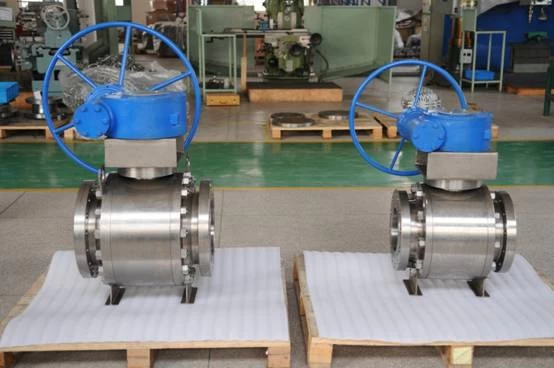
1 .Preparations before assembly
Before assembly of valve parts, it is necessary to remove burrs from machining and welding residues from welding, and clean and cut fillers and gaskets.
2. Cleaning of valve parts
Valves installed as fluid line handles must have a clean inner cavity. Especially for valves used in nuclear power, medicine, and food industries,
in order to ensure the purity of the medium and avoid medium infection, the requirements for the cleanliness of the valve cavity are more stringent.
Before assembly, the valve parts should be cleaned, and the chips, residual lubricating oil, coolant and burrs, welding slag and other dirt on the parts should be
washed and cleaned. The cleaning of the valve is usually carried out by spraying with alkaline water or hot water (it can also be
scrubbed with kerosene) or cleaned in an ultrasonic cleaner. After the parts are ground and polished, the final cleaning is required.
The final cleaning is usually to brush the sealing surface with gasoline, then dry it with compressed air and wipe it with a cloth.
3. Packing and gasket preparation
Graphite packing is widely used due to its advantages of corrosion resistance, good sealing and small friction coefficient.
Packings and gaskets are used to prevent leakage of the medium through the valve stem and bonnet and the joint surface of the flange.
These accessories must be prepared for cutting and receiving before valve assembly.
4 .Valve assembly
The valve is usually assembled in the order and method specified by the process with the valve body as the reference part.
Before assembly, check the parts and components to avoid the parts that have not been deburred and cleaned from entering the final assembly.
During the assembly process, the parts should be handled with care to avoid bumping and scratching the processing personnel.
The active parts of the valve (such as valve stem, bearing, etc.) should be coated with industrial butter.
The bonnet and the flange in the valve body are mostly connected by bolts. When tightening the bolts, the response should be weighed, intertwined,
repeatedly and evenly tightened, otherwise the joint surface of the valve body and the bonnet will be uneven due to the surrounding force. leakage.
The wrench used for tightening should not be too long, to prevent the pretightening force from being too large and affecting the strength of the bolt.
For valves with strict requirements for preload, a torque wrench should be used to tighten the bolts according to the specified torque requirements.
After the final assembly is completed, the holding mechanism should be rotated to check whether the movement of the valve opening and closing
parts is flexible and whether there is jamming. Whether the installation direction of the pressure reducing valve bonnet, bracket and other
parts meets the requirements of the drawing, the valve can only be tested after all inspections have passed.
 +86 512 68781993
+86 512 68781993 